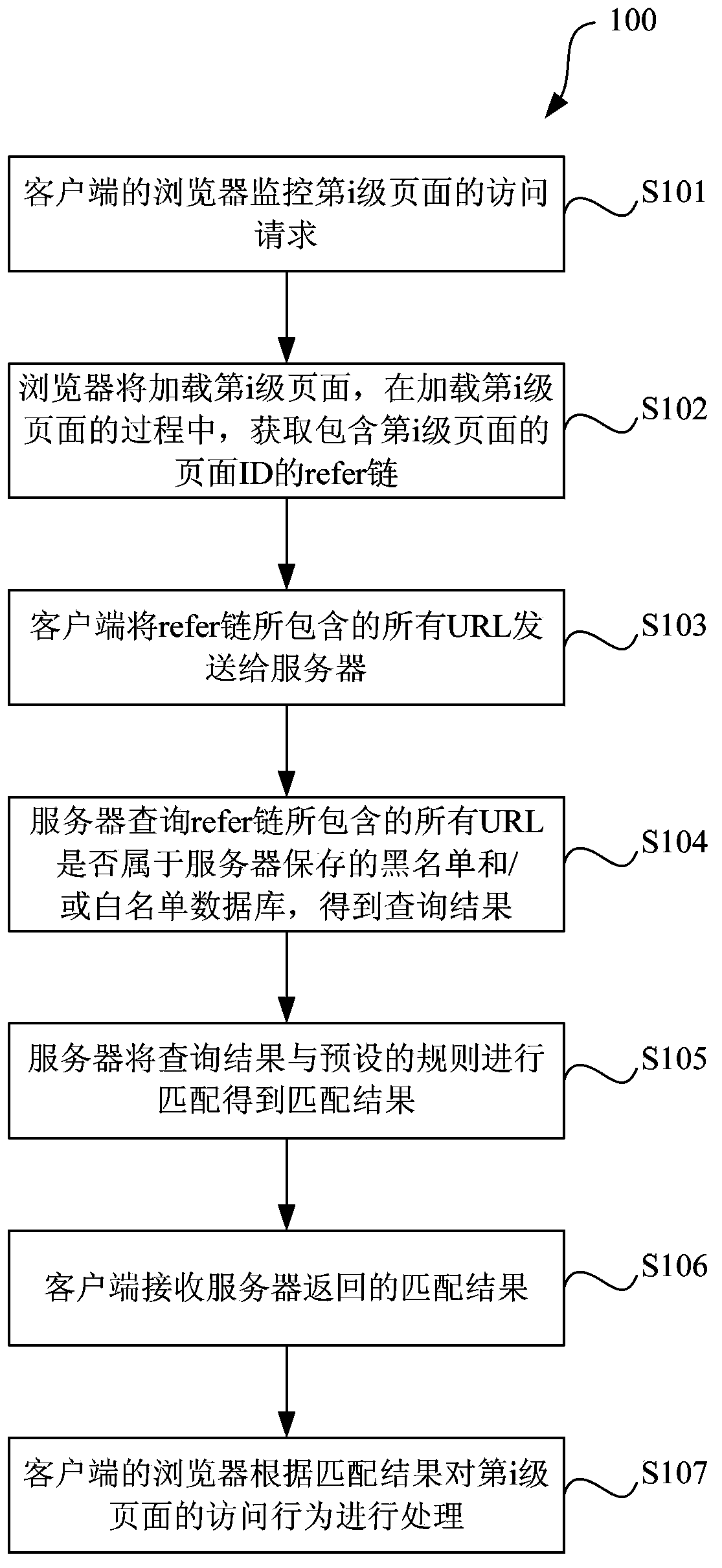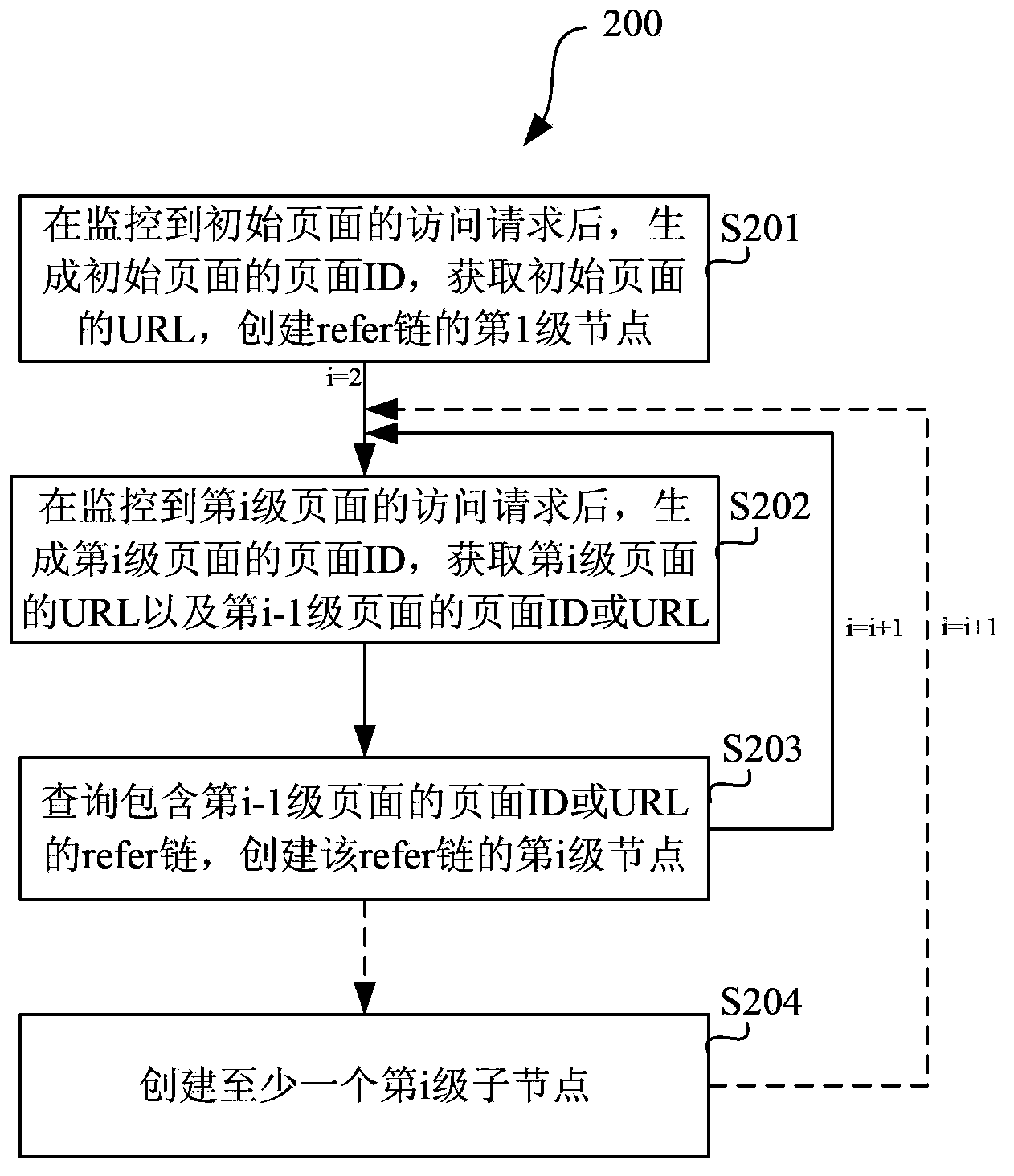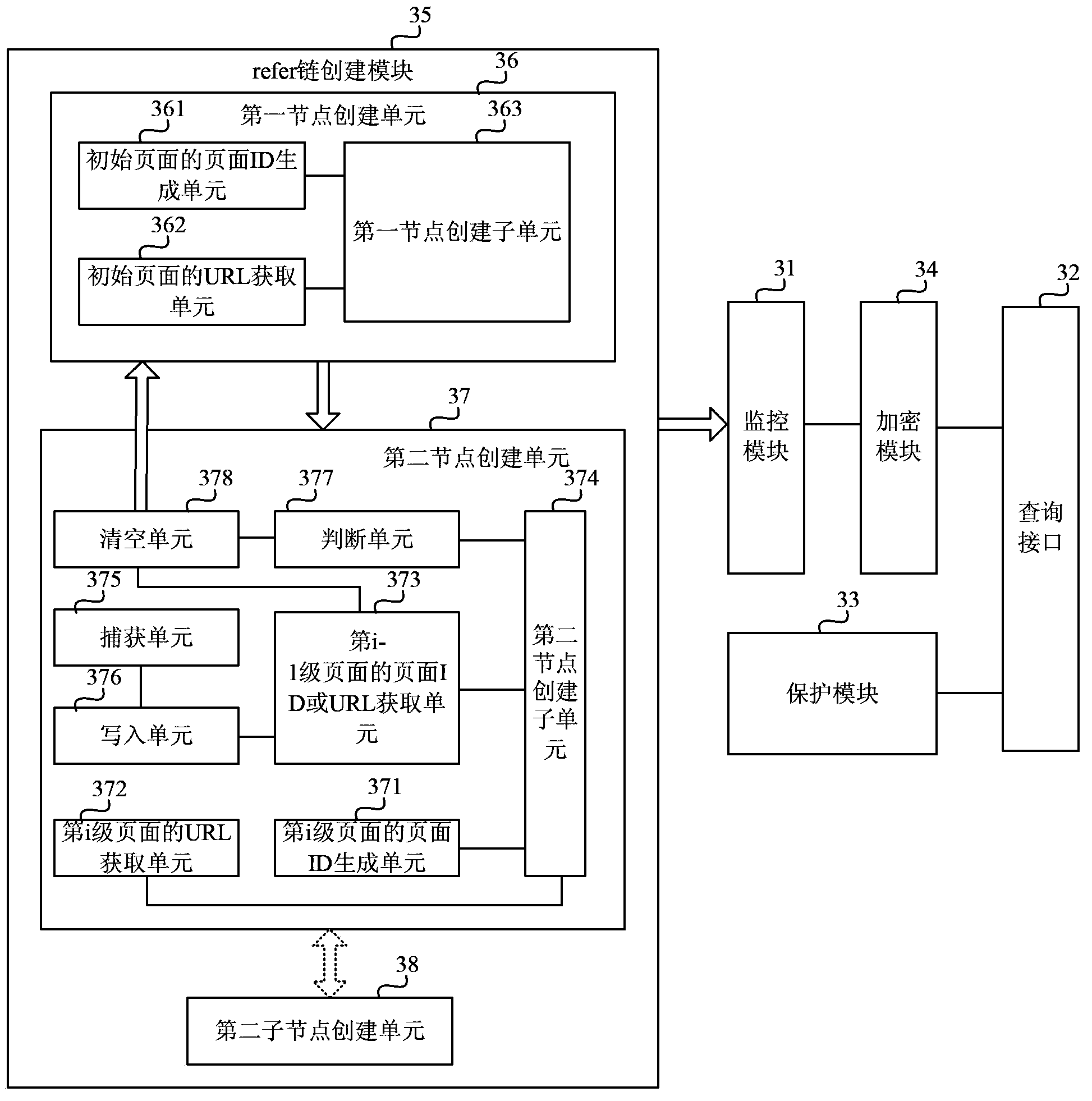Method, system, client and server for processing webpage access behavior
A webpage access and server technology, applied in the field of computer networks, can solve problems such as the inability to protect the client's webpage browsing security quickly and effectively in real time, and achieve the effects of security protection, high detection efficiency, and wide coverage
- Summary
- Abstract
- Description
- Claims
- Application Information
AI Technical Summary
Problems solved by technology
Method used
Image
Examples
Embodiment Construction
[0027] Exemplary embodiments of the present disclosure will be described in more detail below with reference to the accompanying drawings. Although exemplary embodiments of the present disclosure are shown in the drawings, it should be understood that the present disclosure may be embodied in various forms and should not be limited by the embodiments set forth herein. Rather, these embodiments are provided for more thorough understanding of the present disclosure and to fully convey the scope of the present disclosure to those skilled in the art.
[0028] Aiming at the technical problem existing in the prior art that using a single URL for detection cannot effectively detect malicious websites, and therefore cannot quickly and effectively protect the client’s web browsing security in real time, the present invention provides a method for using refer chains to detect web pages. The scheme by which access behavior is handled. For the page that the current user is visiting, its ...
PUM
 Login to View More
Login to View More Abstract
Description
Claims
Application Information
 Login to View More
Login to View More - R&D
- Intellectual Property
- Life Sciences
- Materials
- Tech Scout
- Unparalleled Data Quality
- Higher Quality Content
- 60% Fewer Hallucinations
Browse by: Latest US Patents, China's latest patents, Technical Efficacy Thesaurus, Application Domain, Technology Topic, Popular Technical Reports.
© 2025 PatSnap. All rights reserved.Legal|Privacy policy|Modern Slavery Act Transparency Statement|Sitemap|About US| Contact US: help@patsnap.com



